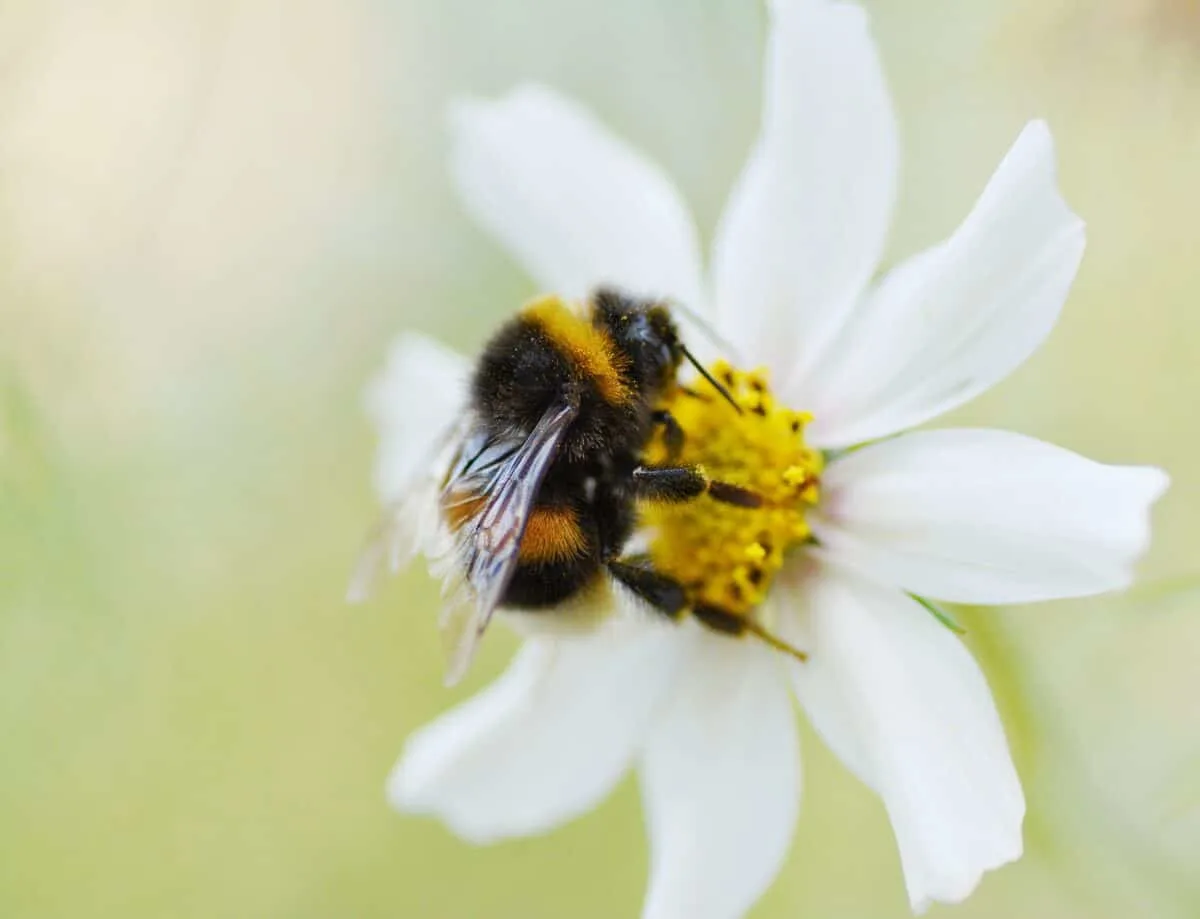Let’s get to the bottom of this – Do Bumble Bees String? In this article we will learn About Bumble Bee Stings And their behaviour.
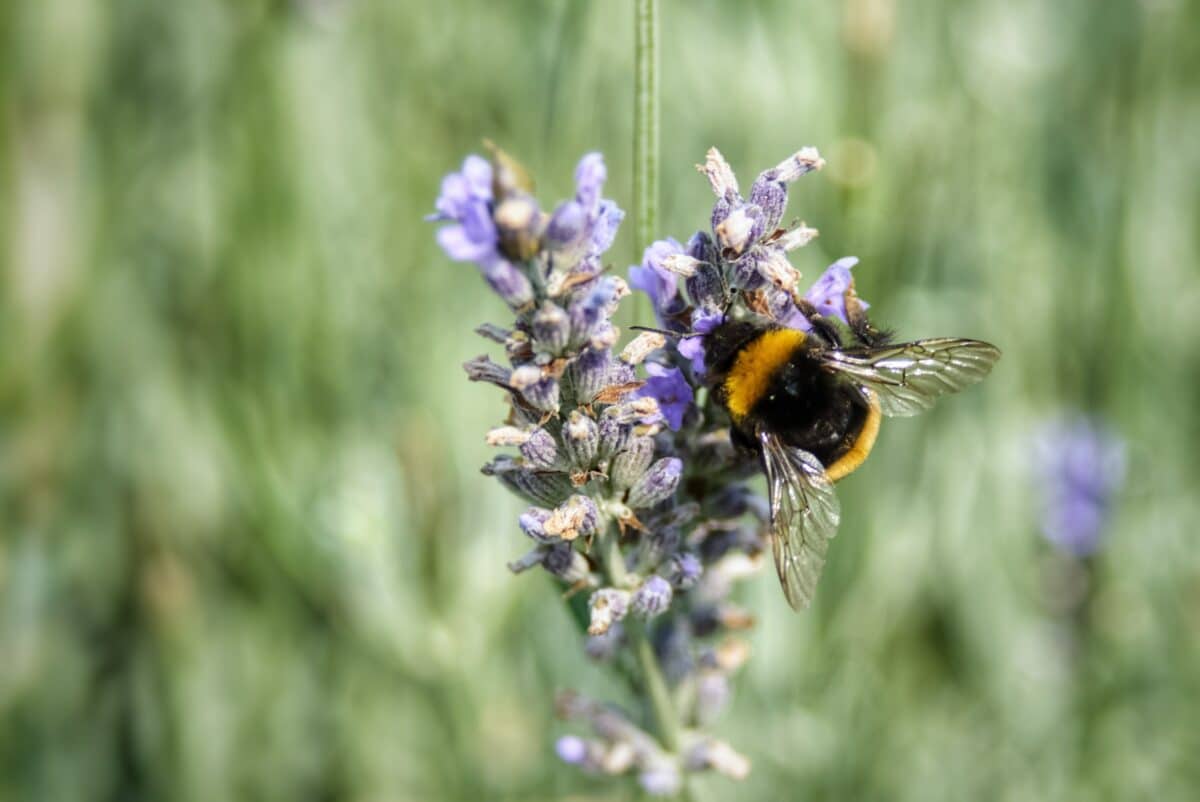
At some point, everyone wonders about the buzz of Bumble Bees. They look friendly enough and seem to mind their business as they fly from flower to flower in search of food. Of course, it is impossible not to consider whether these seemingly harmless insects can sting.
Luckily for us, exploring this topic can tell us more than just the answer to that question! We’ll learn why and how Bumble Bees sting or don’t!
Getting To Know The Bumble Bee
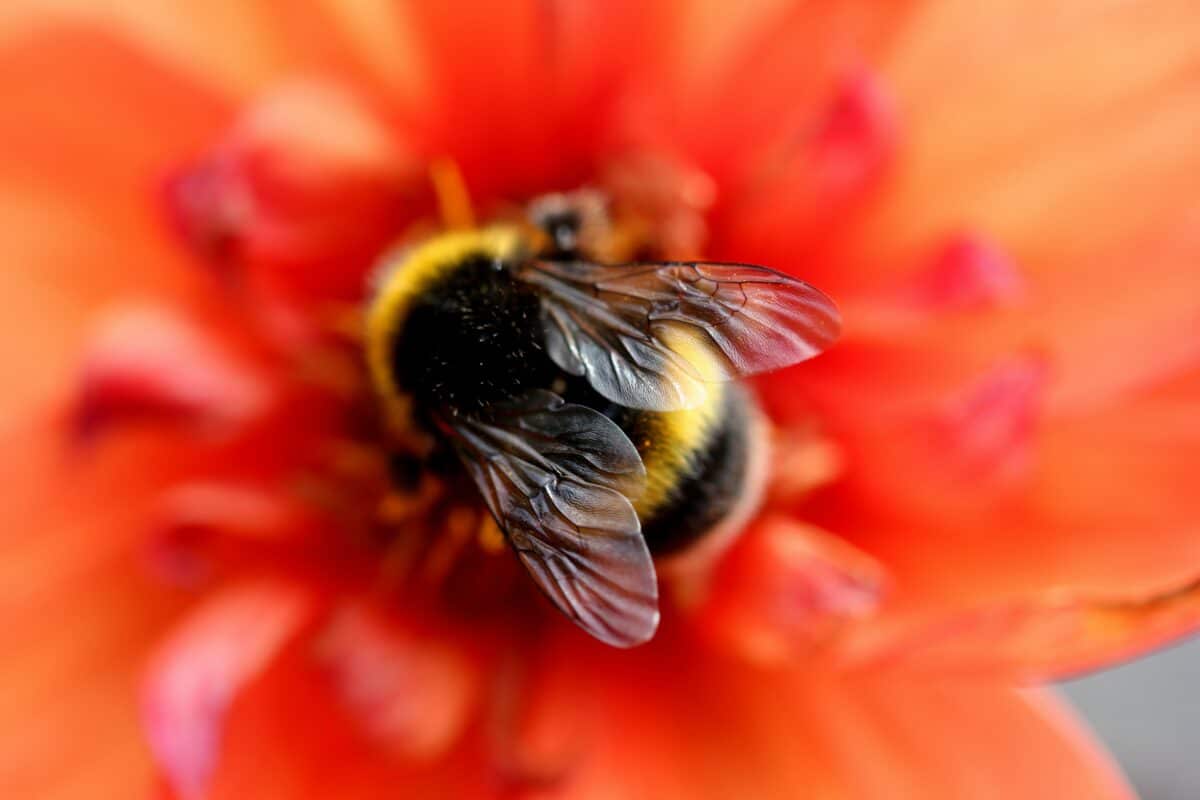
Bumble Bees are fascinating insects that exist worldwide. They are generally recognized by their fuzzy, round bodies and their distinctive black and yellow stripes.
These creatures are primarily known for their crucial role in ecological systems. They are essential pollinators, transferring pollen from flower to flower as they forage for nectar. Bumble Bees are especially important in cold and wet climates, where they are often the only pollinators available. Without their help, many plant species would be unable to reproduce, and entire ecosystems would suffer.
Importance Of Bumble Bees In Ecological Systems
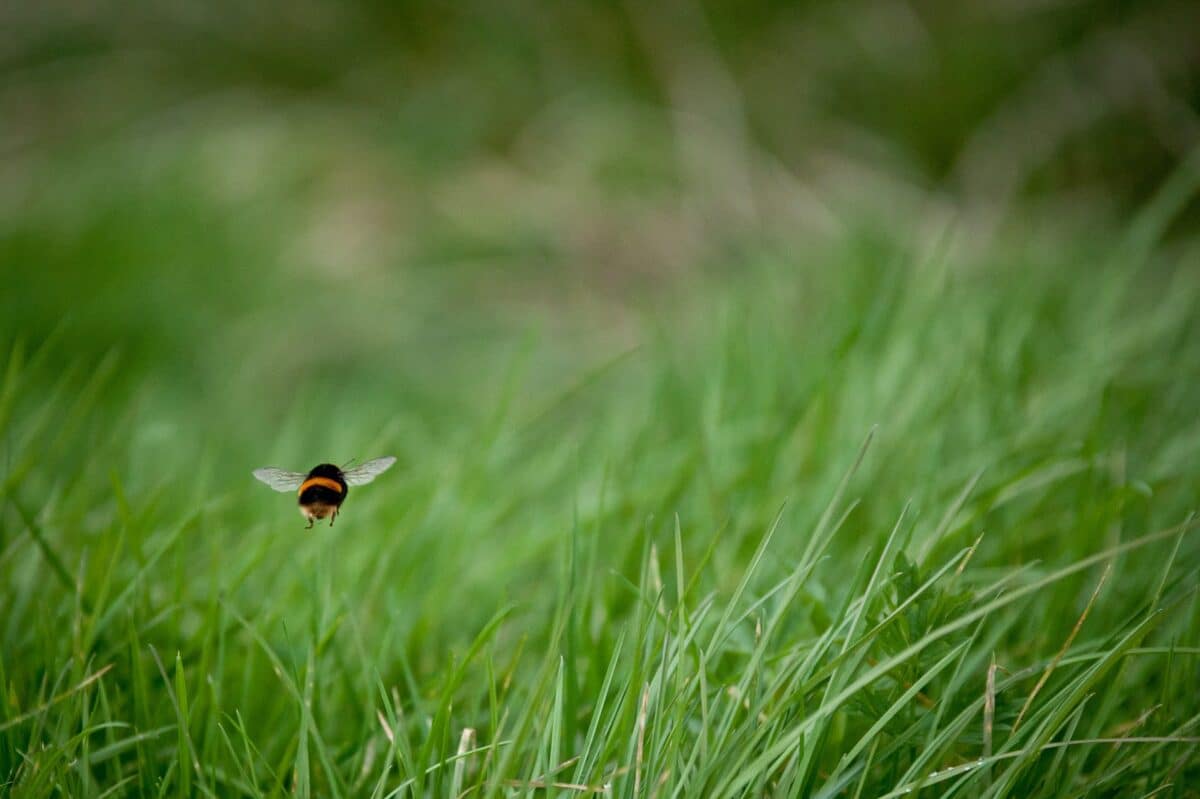
To their vital ecological role, Bumble Bees also have some interesting behaviors. For example, they have a unique way of regulating their body temperature. They can generate heat by vibrating their flight muscles, which allows them to fly even in chilly conditions. Bumble Bees are social insects, living in colonies with a queen and her workers. This social structure is crucial to their successful foraging and reproduction.
Bumble Bees, being social creatures, reside in colonies led by a queen and her loyal subjects. The intricate social organization that they exhibit plays a pivotal role in facilitating their effective foraging and reproduction.
Behaviour Of Bumble Bees
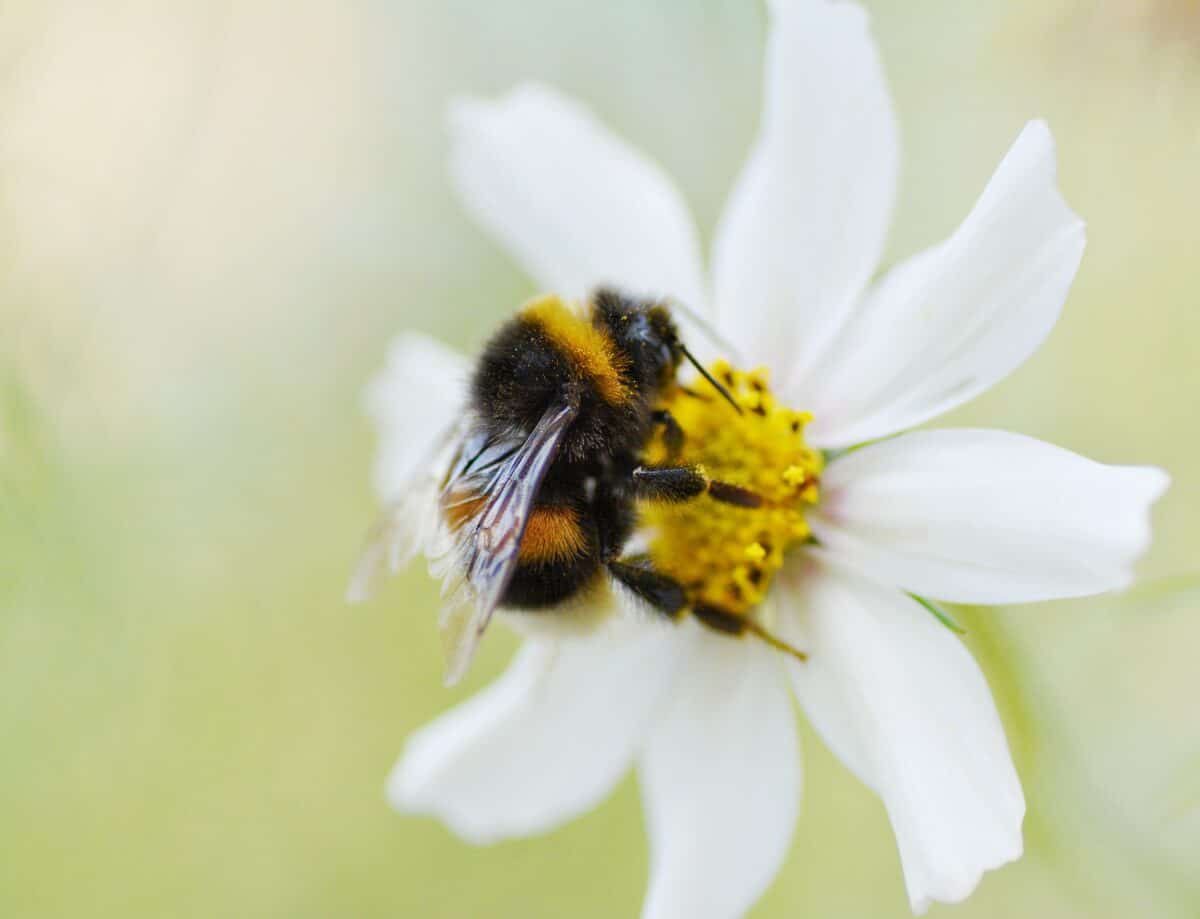
Despite their reputation for being gentle creatures, they can sting if threatened. Unlike honey bees, Bumble Bees have smooth stingers that can be used without harming the bee. However, the sting can still be painful for humans, so giving these insects a respectful distance is best.
What Is A Bumble Bees Sting?
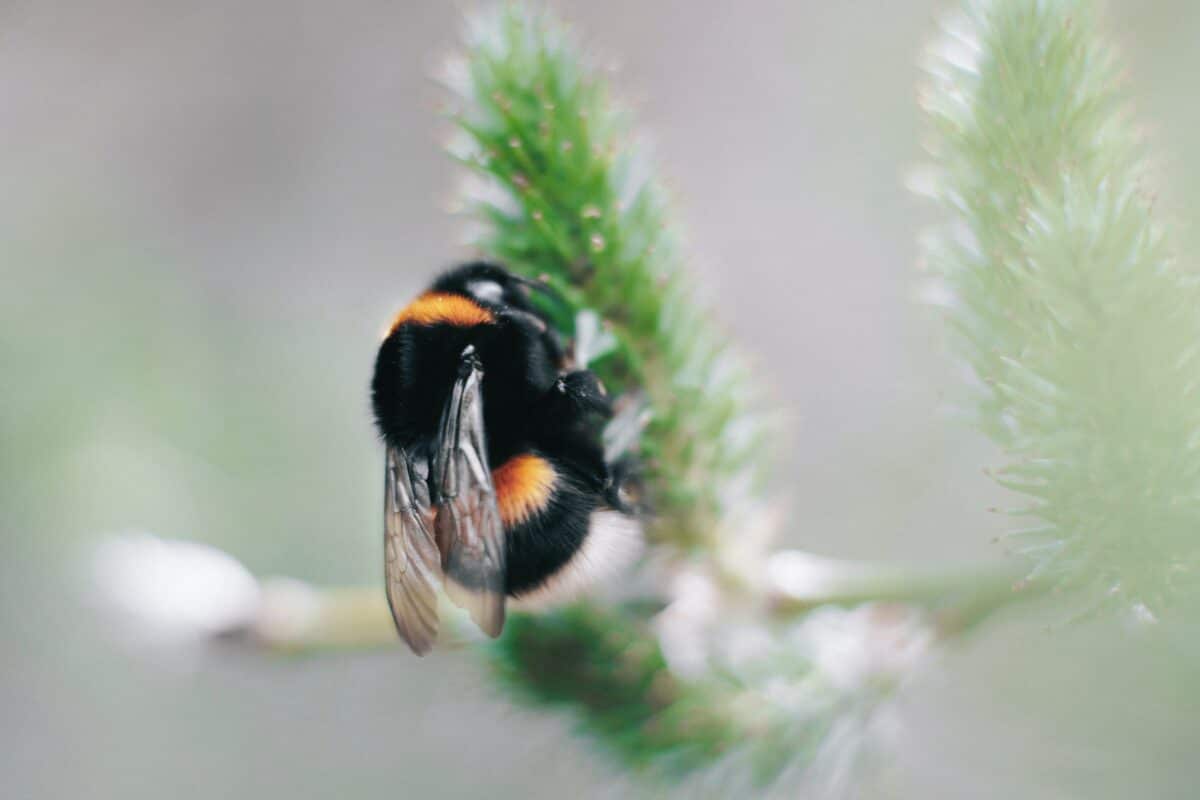
Bumble Bees stings are a common occurrence resulting from the bee’s defense mechanism. Bumble Bees, just like other bees, have a stinger that they use to protect themselves whenever they feel threatened.
Unlike honey bees with barbs on their stingers that get stuck in their victim’s skin, a Bumble Bees’ stinger is smooth, allowing it to sting several times without getting stuck in the skin.
Want to compare to another another sting? The venom injected into the skin from the sting is responsible for the pain, itchiness, and swelling one experiences when stung by a Bumble Bee. However, unlike the venom of other bees like the honey bee, Bumble Bees’ venom is not acidic, which makes it less painful.
Also, check out: Sydney Funnel-Web Spider Bite
How Do Bumble Bees Stingers Work?
A Bumble Bee’s stinger has three parts – two lancets connected to muscles and a venom sac. When the bee decides to sting, the barbed lancets move in a zig-zag motion, creating a small tear in the victim’s skin.
The muscles around the lancets contract, and the venom sac pumps venom into the skin. The barbs on the lancets ensure that the stinger doesn’t come out quickly, allowing the bee to deliver more venom by continuing to sting.
They usually give a warning through buzzing sounds before they sting. Therefore, staying away from them is essential to avoid provoking them.
Causes Of Bumble Bees Stings
Bumble Bees stings can happen in various situations – when a bee nest is disturbed, when a flower is brushed against, or when food can attract the bee. Generally, anything threatening a Bumble Bees’ safety and comfort can trigger them to sting, including threatening sounds, vibrations, or sudden movements.
It’s crucial to note that Bumble Bees often prefer to go about their business without bothering humans. However, if a bee feels its territory or young ones are under threat, it can become defensive and attack you or anyone else.
What To Do If A Bumble Bees Stings?
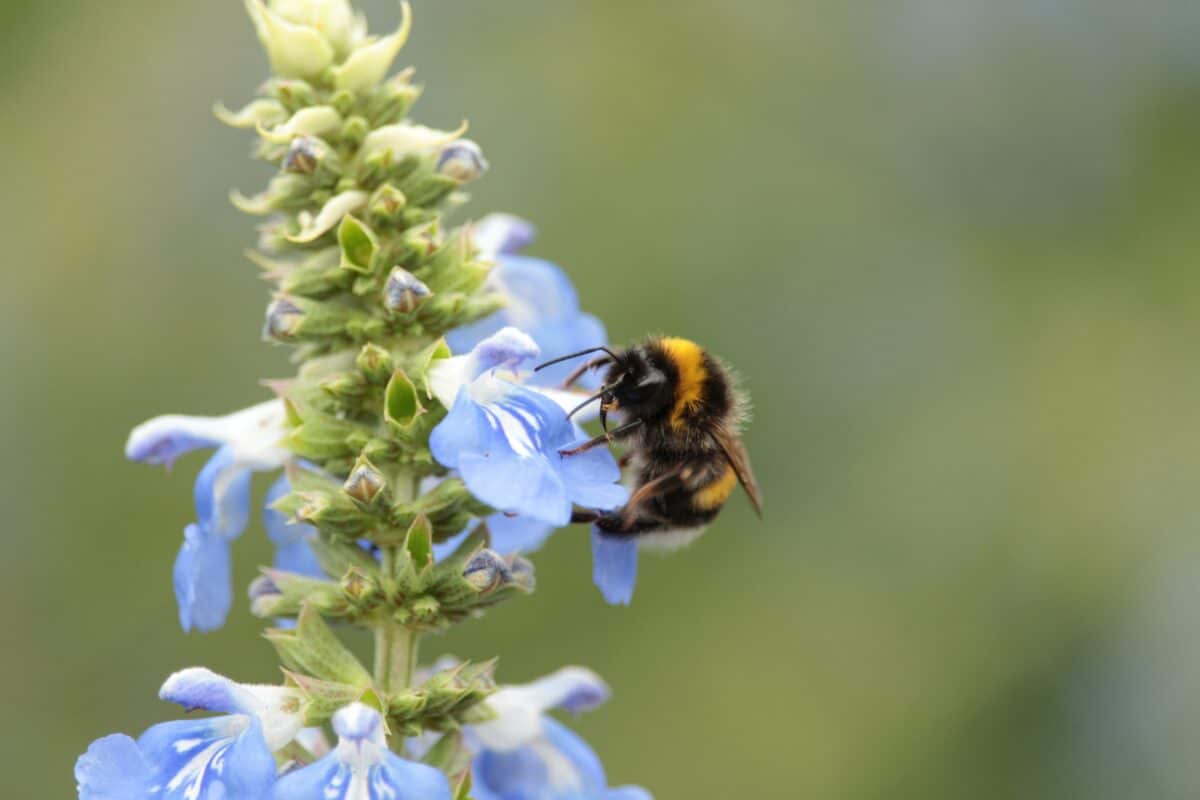
Bumble Bees may look harmless, but they are equipped with stingers to protect themselves from threats. While most people are familiar with the pain and discomfort of a bee sting, it’s essential to know that Bumble Bees can also sting and cause similar reactions.
Symptoms Of A Bumble Bees Sting
After being stung by a Bumble Bee, you may experience pain, swelling, and redness around the sting area. Some people may also have an allergic reaction, which can cause more severe symptoms such as hives, difficulty breathing, and swelling of the face, lips, and throat.
First Aid For Bumble Bees Stings
If you get stung by Bumble Bees, you should first remove the stinger. You can gently scrape it with a flat object like a credit card or fingernail. Avoid using tweezers, as squeezing the stinger can cause more venom to be released.
Next, wash the sting area with soapy water to prevent infection. You can also use a cold compress, such as a bag of ice or a cold pack wrapped in a towel, to reduce swelling and pain. Over-the-counter pain relievers like acetaminophen or ibuprofen can also help.
If you experience symptoms of an allergic reaction, such as difficulty breathing or swelling of the face, lips, or throat, seek emergency medical attention immediately.
Prevention Of Bumble Bees Stings
Preventing Bumble Bee stings can be done by taking simple precautions, such as avoiding wearing brightly colored or floral-patterned clothing or strong perfume, which can attract bees. It’s also important to avoid disturbing Bumble Bees’ nests in the ground or trees. If you need to mow the lawn or trim trees near a Bumble Bees nest, it’s best to do it at night when the bees are less active.
Learn more about the Treatment of bumblebee stings and allergies.
Lifespan Of Bumble Bees
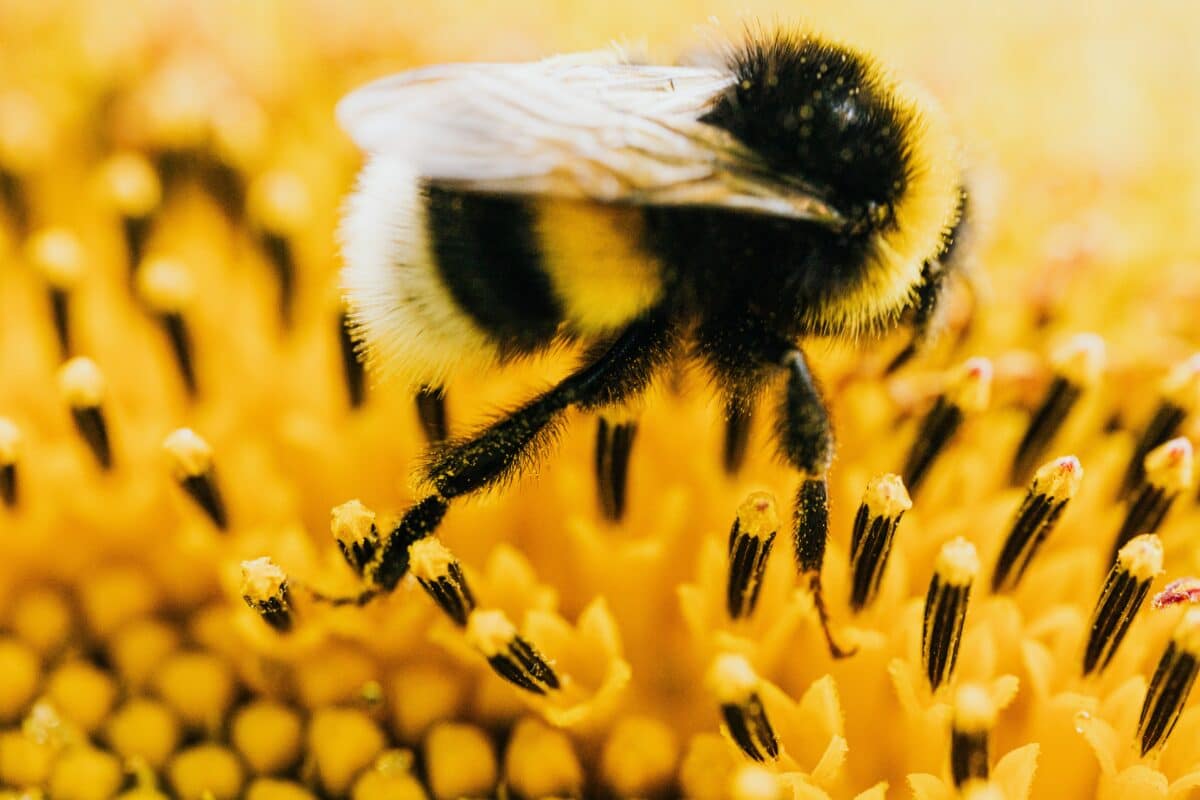
Bumble Bees have short lifespans. Most adult Bumble Bees only live for a few weeks to a few months, depending on the species. The females are the longest-lived members of the colony since they are responsible for survival and reproduction. In contrast, the males’ sole purpose is reproduction, and they usually die shortly after mating.
Bumble Bees Colonies
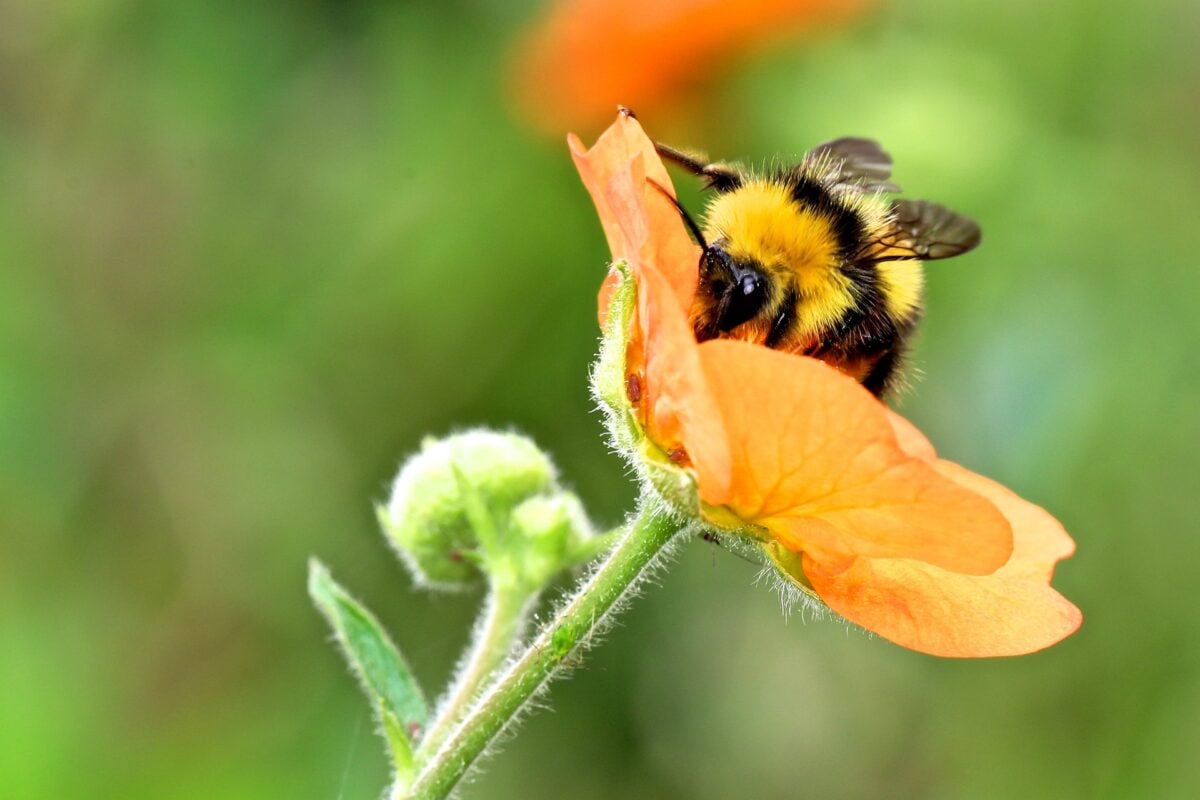
Bumble Bees colonies are much smaller than honey bee colonies, and they usually have a few hundred members, compared to honey bee colonies, which can have tens of thousands. The colonies also have a unique social structure.
The queen Bumble Bee is the only female that reproduces, while the rest of the female Bumble Bees are workers. Male Bumble Bees, called drones, do not have stingers and are only present in the colony for a short period to mate with the queen.
One fascinating fact about Bumble Bees colonies is that they do not survive the winter in the same way honey bee colonies do. Instead of storing honey for the winter, Bumble Bees colonies die off in the fall, with only the queen surviving to create a new territory in the spring.
Bumble Bees are much more than just buzzing insects that may sting. They play a vital ecological role in pollination and have unique colony structures and lifespans. So the next time you see Bumble Bees, remember all there is to appreciate and admire about these fascinating creatures.
Conclusion
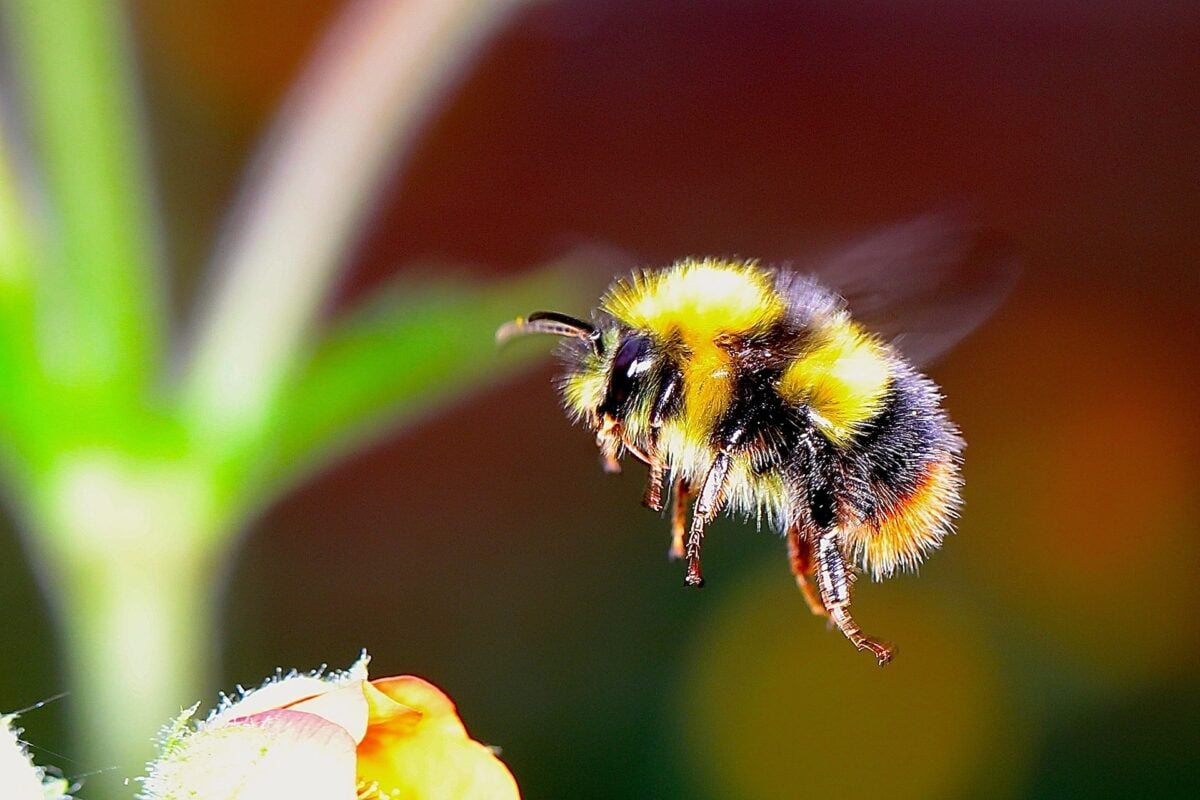
Bumble Bees may seem harmless, but they do indeed have the ability to sting. However, they usually only do so when provoked or threatened. While their sting can be painful, Bumble Bees are essential pollinators and play a vital role in our ecosystem. Eating insects intrigue and fascinate us with their unique characteristics and behaviours.
Next up, All You Need to Know About Bed Bug Bites
- Mom and Daughter Takes Hen and Chicks to the Store in Backpacks - April 24, 2024
- Watch: German Shepherd thinks he’s dying at the grooming salon - April 24, 2024
- Watch: Cats Meet Babies for the First Time - April 24, 2024

